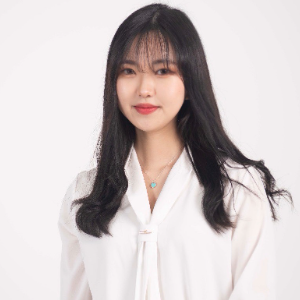Title : Diagnosis of korean body type using width ratio and possibility of association with disease in korean medicine
Abstract:
In a recent paper published in the British Journal of Cancer, it was reported that four human phenotypes according to anthropometric indicators are highly correlated with the likelihood of developing certain cancers. For hundreds of years, traditional East Asian medicine has been classified into four categories based on physical, psychological, physiological, and pathological characteristics. The four types are diagnosed as Taeyangin, Taeeumin, Soyangin, and Soeumin and are used for disease treatment and prevention. In addition, Sasang Constitutional Medicine is a personalized medicine that prescribes drugs and acupuncture suitable for four types of people, even if they have the same symptoms or disease. It is used not only in the medical field but also in various fields such as sports, clothing, food, and psychology. Because the four types have accumulated clinical experience, they are suitable for comparing disease risk correlations based on Korean standards. By using anthropometric indicators, which are the diagnostic standards of Sasang Constitutional Medicine, we compared the physical characteristics of the four types to find significant differences. The results of this study are significant in classifying the physical characteristics of each type of Sasang constitutional person using anthropometric indicators. we plan to conduct an IRB regarding the use of CT photos for multi-center, large-scale analysis.
Audience Take Away Notes:
- By using anthropometric measures such as ratio, you can find out the relationship between human phenotype and disease.
- You can conveniently and quickly learn about the characteristic parts of your body shape by using the width ratio and girth ratio scale.
- You can understand the Sasang constitutional medicine of Oriental medicine and know the areas in which it can be utilized.
- By using body shape factors, we can explore the possibility of using it for self-care, such as disease prevention.




